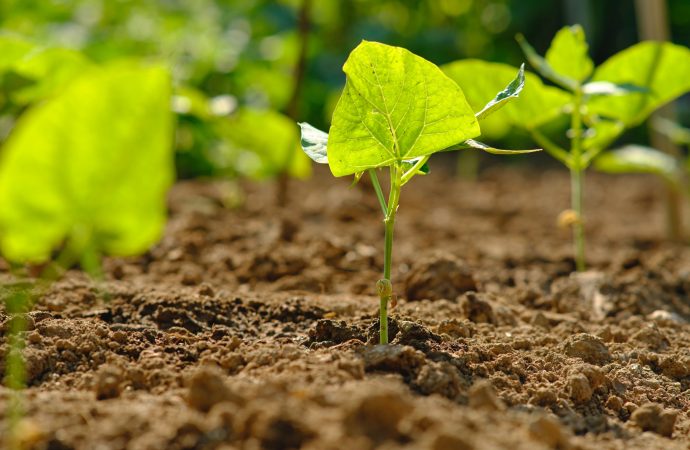Introduction In a world that often feels chaotic and overwhelming, a growing number of individuals are seeking solace and rejuvenation through a practice that connects them with nature’s healing power: plant therapy. As urban spaces expand and our lives become increasingly intertwined with technology, the simple act of tending to plants has emerged as a
Introduction
In a world that often feels chaotic and overwhelming, a growing number of individuals are seeking solace and rejuvenation through a practice that connects them with nature’s healing power: plant therapy. As urban spaces expand and our lives become increasingly intertwined with technology, the simple act of tending to plants has emerged as a powerful tool for promoting enhanced well-being, reducing stress, and fostering a deeper sense of calm and serenity. Let’s explore the secrets of plant therapy and how it has become a transformative force in the lives of many.
The Rise of Plant Therapy
Plant therapy, also known as horticultural therapy or garden therapy, has a rich history dating back centuries. Ancient civilizations revered plants for their medicinal and spiritual properties, recognizing their ability to heal both the body and the mind. Today, this practice has gained renewed interest, finding its place in the modern wellness movement.
The allure of plant therapy lies in its accessibility. Regardless of whether you have a spacious garden or just a tiny windowsill, anyone can engage in this therapeutic practice. From meticulously tending to a sprawling collection of houseplants to nurturing a small herb garden, the act of caring for plants offers a sense of purpose, connection, and tranquility.
The Science of Plant Therapy
Beyond its aesthetic appeal, there is scientific evidence supporting the positive impact of plant therapy on our well-being. Researchers have found that spending time with plants and being surrounded by greenery can reduce stress levels, lower blood pressure, and improve mood. The act of nurturing plants also promotes mindfulness, grounding individuals in the present moment and fostering a sense of peace.
Plants possess a remarkable ability to purify the air, filtering out toxins and releasing oxygen. This not only creates a healthier indoor environment but also enhances cognitive function and concentration. As a result, workplaces and educational institutions are incorporating plants into their spaces to optimize productivity and create a sense of calm amidst demanding schedules.
Unveiling the Secrets of Plant Therapy
The therapeutic benefits of plant therapy extend beyond physical and mental well-being. For many enthusiasts, the practice goes hand in hand with personal growth, self-reflection, and even community building. Plant care often requires patience, attentiveness, and a nurturing touch, qualities that can be transferred to other aspects of life.
Moreover, plant therapy has inspired a vibrant community of like-minded individuals who gather to share their experiences, exchange tips, and support each other’s journey. Online platforms, social media groups, and local gardening clubs have become hubs for plant enthusiasts to connect and forge friendships, fostering a sense of belonging and camaraderie.
Practical Steps for Plant Therapy
Embarking on a journey into plant therapy doesn’t require an extensive green thumb or vast gardening knowledge. Here are a few practical steps to get started:
- Choose the right plants: Select plants that align with your space, lifestyle, and preferences. Consider factors such as light requirements, watering needs, and available space.
- Create a nurturing environment: Provide plants with adequate light, water, and nutrients. Establish a routine for plant care that suits your schedule and capabilities.
- Practice mindfulness: Engage in the act of tending to your plants with mindful awareness. Observe their growth, listen to the sound of water, and inhale the fresh scent of soil. Allow yourself to be fully present in the moment.
- Join the community: Connect with fellow plant enthusiasts through online forums, local events, or plant swaps. Share your experiences, seek advice, and contribute to a supportive network.
Conclusion
Plant therapy has emerged as a powerful practice for enhancing well-being

















Leave a Comment
Your email address will not be published. Required fields are marked with *